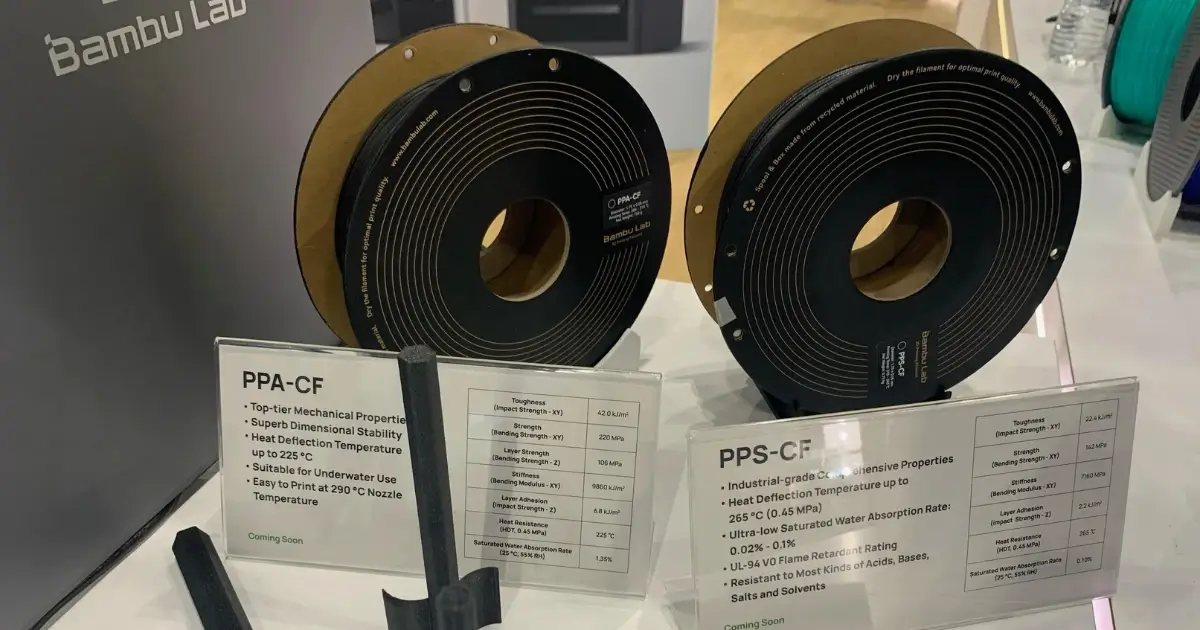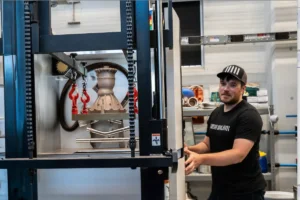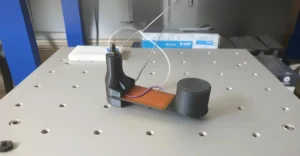Bambu Lab introduces an innovative TPU filament designed specifically for its AMS system, promising to solve long-standing flexible material printing challenges.
November 12 will mark a new milestone for the 3D printing community, as Bambu Lab finally makes its revolutionary Thermoplastic Polyurethane (TPU) filament—which has been specifically designed to work flawlessly with its Automatic Material System (AMS)—available for purchase. This innovation promises to eliminate one of the most persistent challenges in flexible 3D printing: material compatibility with automated systems.
Traditionally, using flexible filaments like TPU with material changers has been a frustrating experience for users, often requiring manual intervention due to kinking and jamming issues. The standard workaround of removing the PTFE coupler for direct feeding has long been a bottleneck in automated printing workflows. Bambu Lab’s new TPU formulation aims to change this landscape entirely by offering smooth passage through the AMS’s filament path, potentially transforming how users approach flexible material printing.
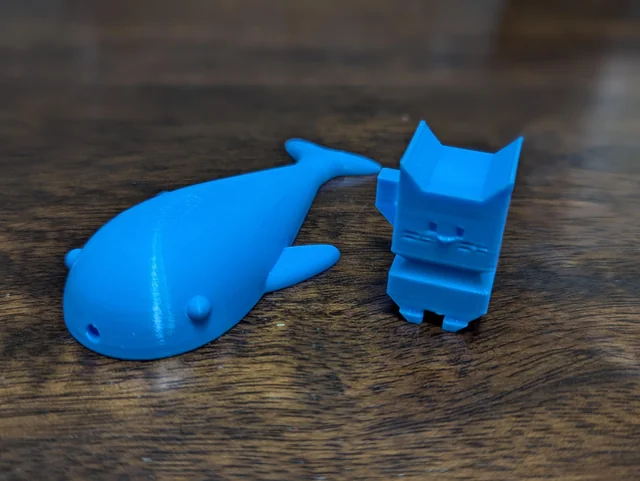
Early testing results from select community members have already generated excitement. A user identified as “Vorkosigan78” reported promising outcomes during the testing phase, noting that the filament exhibits a slightly higher hardness rating of approximately 98A compared to standard TPU 95A. While initial prints at 240°C showed some limitations, increasing the temperature to 245°C yielded impressive results, successfully producing functional items like squeezable bath toys with excellent durability.
The development represents a significant step forward in making flexible material printing more accessible and reliable for both enthusiasts and professionals using automated systems. By addressing the long-standing challenges of flexible filament printing, Bambu Lab’s innovation opens new possibilities for automated multi-material printing projects that previously required constant manual oversight.
However, the testing also revealed some areas for optimization. Users observed minor challenges with bridging performance and moderate adhesion levels in multi-material prints combining TPU with PETG. These findings suggest that while the new filament represents a significant advancement, designers may need to consider specific design approaches, such as incorporating interlocking features for multi-material applications. Despite these minor limitations, the overall performance of the new TPU filament marks a substantial improvement over existing solutions.
The announcement has generated considerable buzz within the 3D printing community, with many users eagerly awaiting the official launch through Bambu Lab’s website. Pricing details have not yet been disclosed, but further tech specs and possibly usage information will be offered with the material itself to let buyers fully take advantage of its properties.
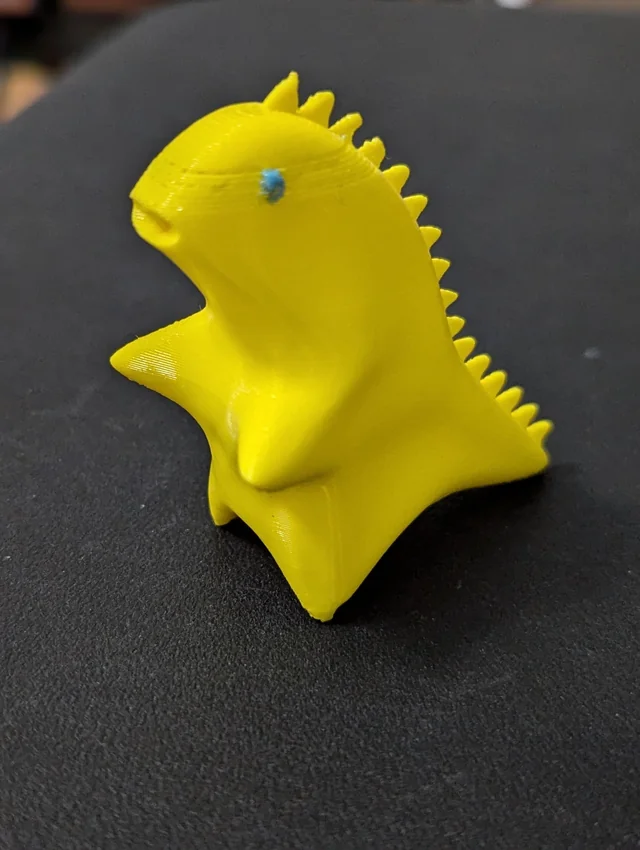
This rollout of a flexible yet strong material solution in production comes at an opportune time where the demand for flexible material applications is increasing for various sectors, from prototyping to end-use products in 3D printing. Bambu Lab’s AMS-compatible TPU filament addresses a critical gap in the market, potentially setting a new standard for flexible material printing in automated systems. The innovation not only enhances the capability of Bambu Lab’s existing printer lineup but also demonstrates the company’s commitment to solving real-world challenges faced by the 3D printing community.
Let us all hope that when the November 12 launch day comes around, we see what can be a revolutionary tool for the 3D printing community, to simplify flexible material printing into being as easy and consistent as putting down rigid materials.
Read more recent news:
- Bambu Lab Launches AI Tool to Create 3D Pokémon-like Characters Fast
- BigRep Unveils DRYCON: A 3-in-1 Machine Transforming 3D Printing
- Adidas Climacool 24 Leaks Hint at Groundbreaking 3D Printed shoe ‘Climamog’
- Divide by Zero Unveils India’s First Fully Automatic 3D Printer!
- Adare and Laxxon’s 3D Printing Collaboration: A New Era in Pharmaceutical Manufacturing?
Nestor Sawayn is a U.S.-based tech journalist specializing in maker tools and creative technologies. His coverage spans 3D printers, vinyl cutters, paper printers, and laser cutters across North America, Europe, and Asia. Sawen’s articles offer concise, insightful analysis of the latest News, innovations in this space. Beyond hardware, he explores the creative potential of board games and tabletop RPGs, providing readers with a comprehensive view of both digital and analog maker trends.
Feel free to reach out to me at nestorsawayn@360techinsights.com.

